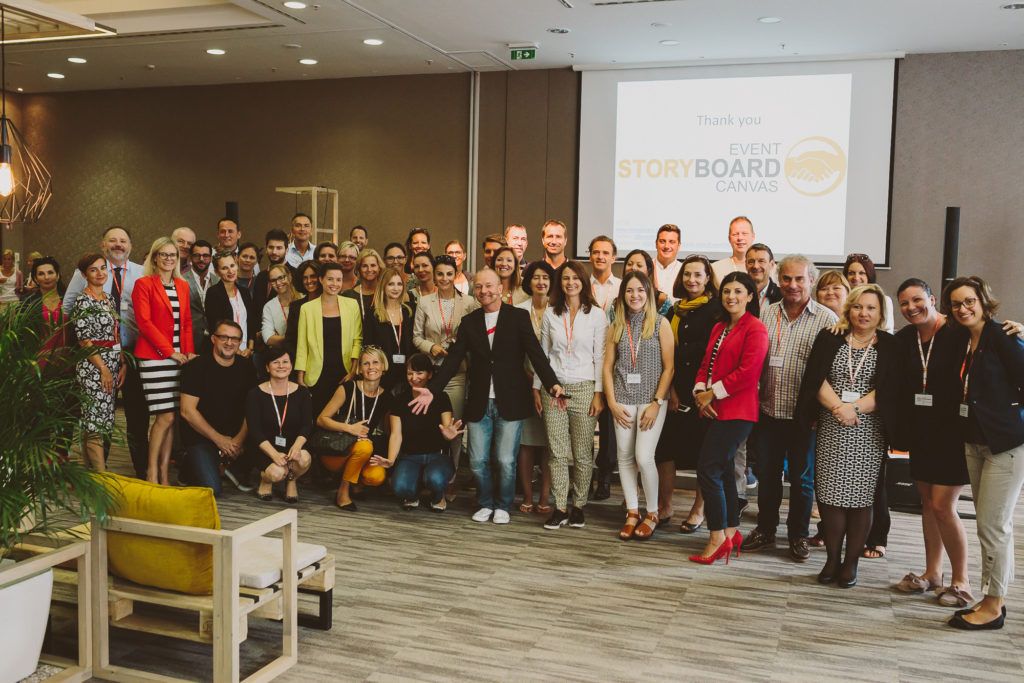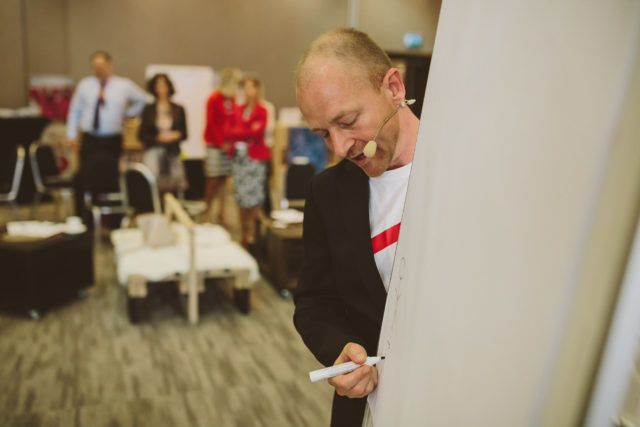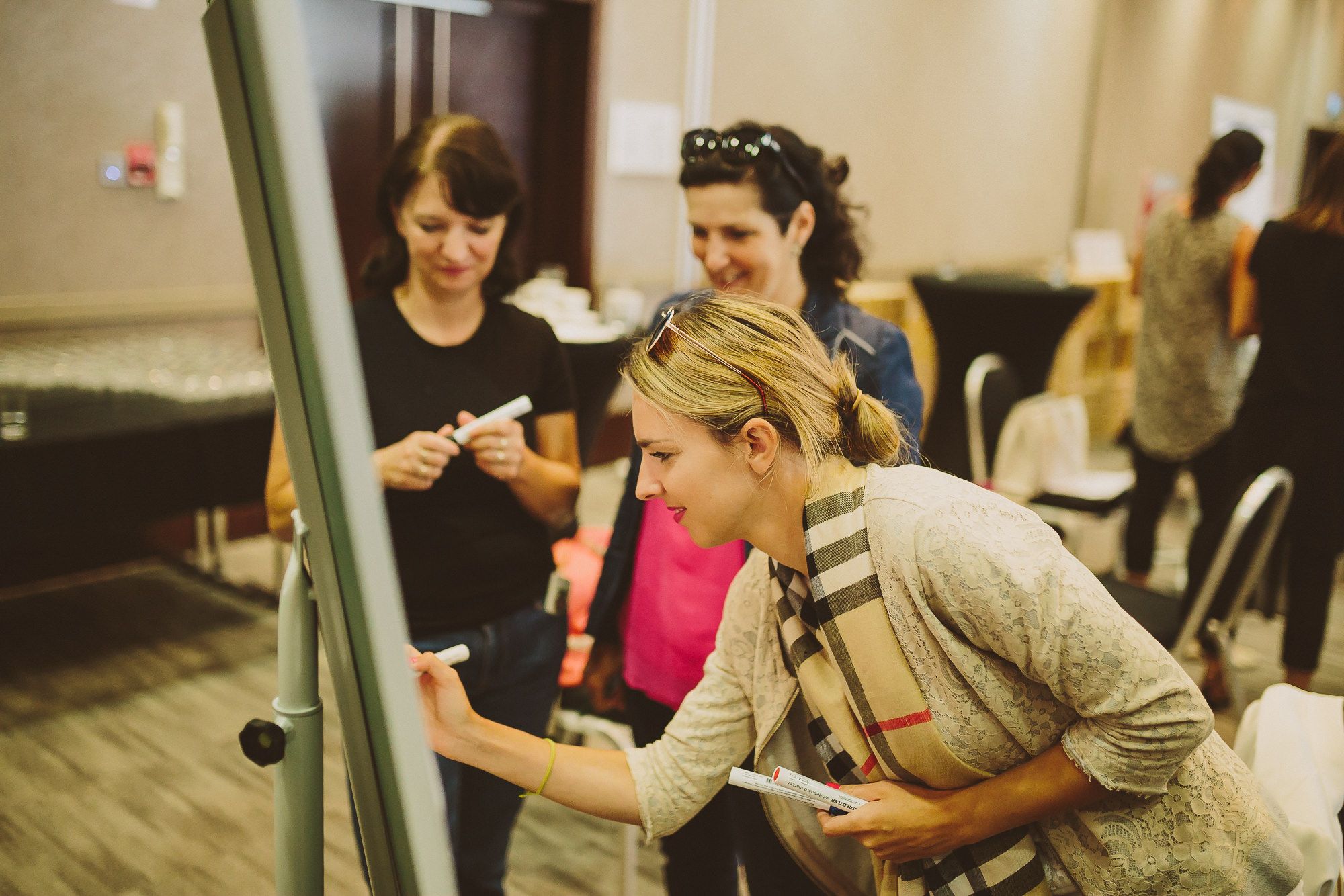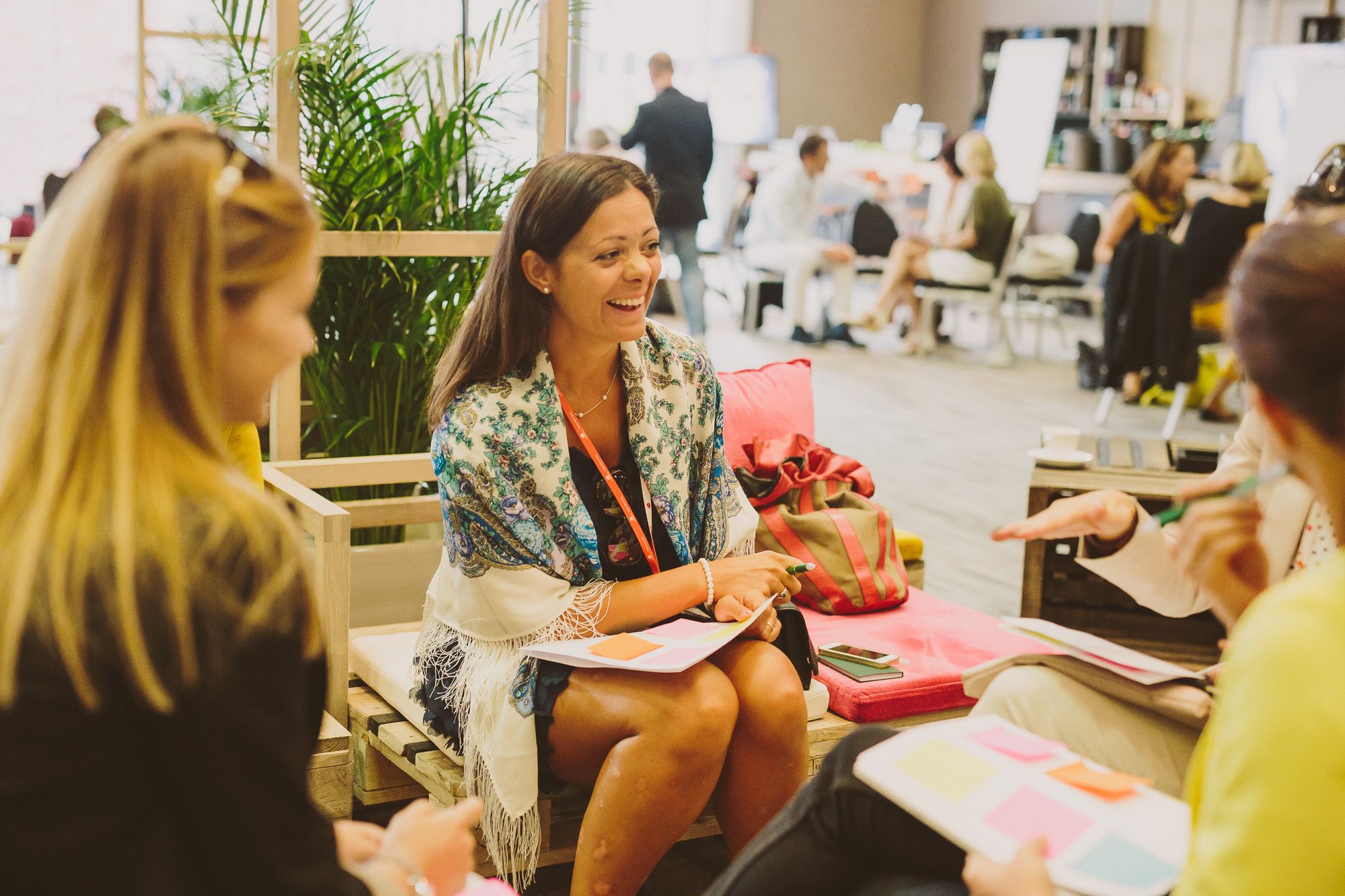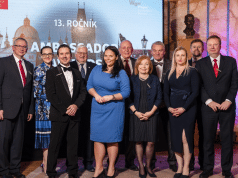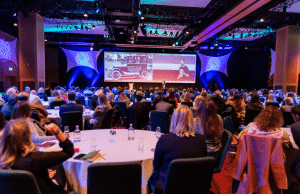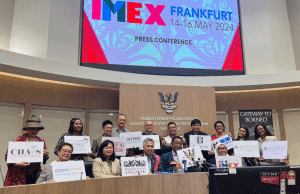5 Steps to successful storytelling

Martijn Timmermans is the co-founder and creative director of The Red Line Project, an Amsterdam based events experience design agency. He started his career in experience marketing at Disneyland Paris, Marriott and Singapore Airlines, and transitioning into events as a meeting designer and facilitator.
Martijn believes the MICE market is sitting on a holy grail. If we use the magic of storytelling we can design and execute events that have both autonomous and shared experiences. For his views and experience on meeting design, audience engagement and storytelling practices he is invited to speak frequently.
In 2015 he co-founded Event StoryBoard, as a result of a simple observation: audiences expect to be engaged, connected and amazed during their event experience, but events are struggling to do so. This need led Martijn to create a vision for storytelling event design and a canvas to support it. With an easy to use, fast and visual design approach, events can become amazing experiences that are meaningful and unique. They’re on a mission to create a world full of memorable experiences!
Constantly creating unique experiences can be a tough challenge, especially when this has to be done on a daily basis. To help us with this challenge we can be supported by methods and models. In our workshop we used a method that combines storytelling with Agile Innovation to create new, innovative and unexpected experiences for the 2017 Conventa Crossover edition.
The Agile innovation method allows your organisation to design products and services fast with the customer’s needs always on top of mind. It comes to no surprise that at Conventa Crossover Colja Dams, CEO from VOK Dams, told the audience that their main focus is to become more Agile.
Agile Innovation helps us to put focus on constantly co-creating and prototyping unique experiences in a fast way. Many other industries successfully apply this way of working and I believe it’s time for our industry to board the Agile train.
However as with all strategic and tactical methodologies, they may be successful and solid in theory, but they tend to feel inhuman in practice. They require everyone to initially invest in time and resources, learning new methods, and when this doesn’t work straight of the bat, people can become insecure. This is no different for Agile Innovation.
We will always be dependent on the human willingness to make that investment and embrace these changes. To make sure everyone is up for this, we need to make the methods human again. This is where storytelling comes into place.
Fostering a culture of storytelling will build trust within your company and with your clients
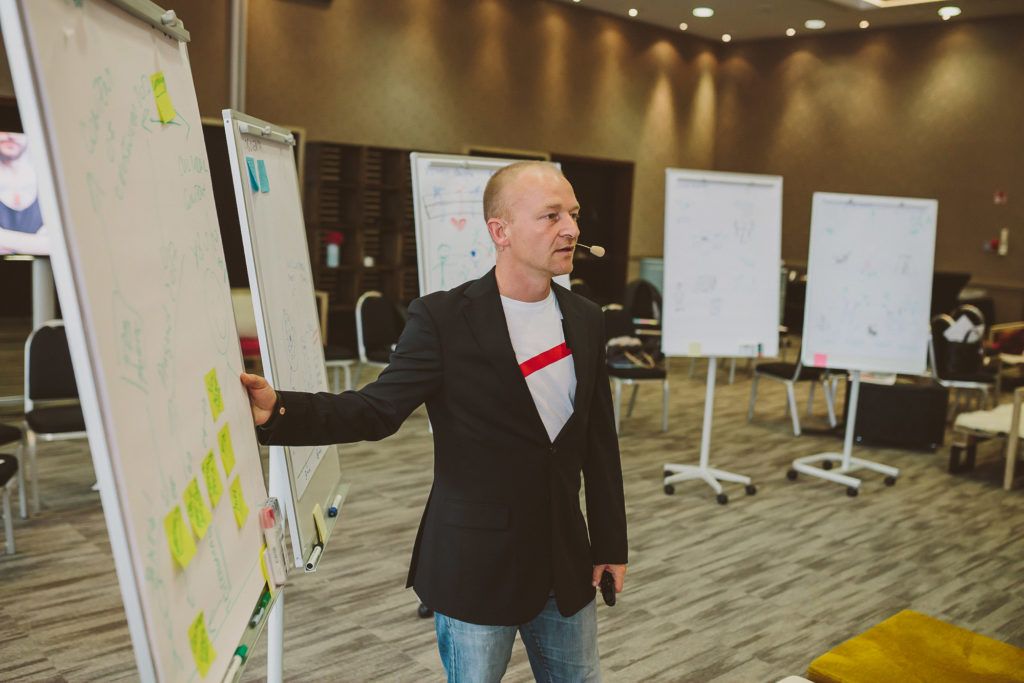
It inspires people to share ideas and experiences and increases collaboration. In turn this works as a catalyst for Agile innovation. These pure human experiences are what I call ‘the cream of the crop’. Providing you with strategic insights and ideas for creative solutions and a firm base for any ideation session. It builds trust and takes away the fear to fail. All because you see the bigger picture of the story you are helping to write.
It is spot-on how Harrison Monarth explains it in his Harvard Business Review article on “The Irresistible Power of Storytelling as a Strategic Business Tool”: “Storytelling may seem like an old-fashioned tool, today — and it is. That’s exactly what makes it so powerful. Life happens in the narratives we tell one another. A story can go where quantitative analysis is denied admission: our hearts. Data can persuade people, but it doesn’t inspire them to act; to do that, you need to wrap your vision in a story that fires the imagination and stirs the soul.”

So storytelling helps with building trust, but if you are working with teams that haven’t even met before it becomes a bit more challenging. An effective way of quickly building a lot of trust within a group is making a personal connection. That’s exactly what we showcased at Conventa Crossover.
We let the participants form small groups of 5 and asked each one to write about a positive personal experience and share this within their group.
The subject on the story was “their best customer experience”. In a very short time they were engaged, inspired, gained new insights. Not only about themselves but also about the others in their group. This created a quick connection on a personal level.
After the trust was build within the teams it was time to get working. For this we used the Event StoryBoard Canvas (ESB) Just like Agile innovation it uses iterative development and continual involvement by stakeholders in the process and combines this with storytelling, and empathy. The ESB uses the 5 steps below which can be applied to designing any event, product or service.
- Set clear goals
- Make it measurable
- Empathise
- Customer Journey Storyboarding
- ROI

To create new, innovative and unexpected experiences for the 2017 Conventa Crossover edition the teams of 5 were given different challenges:
- Three teams created customer journey storyboards for the pre-event phase
- Three teams for the actual event
- The remaining teams created a customer journey storyboard for after the event
What followed was a highly energetic co-creation session visualised into customer journey storyboards. We finished with each team pitching their innovative ideas! With the amount of creativity within the groups, I wouldn’t be surprised if we will see some of these again back at the next Conventa Crossover edition!
Conclusion
Combining storytelling with an Agile method proved to be the perfect solution for quickly creating multiple event ideas for next year’s Conventa Crossover.
Starting off with a shared storytelling experience worked very well for building trust within the team. It opened the door for Agile methods to truly shine, creating new ideas in a fast and innovative way.
We are born storytellers, we just need to be encourageD
